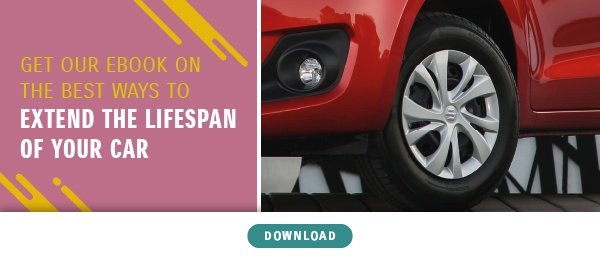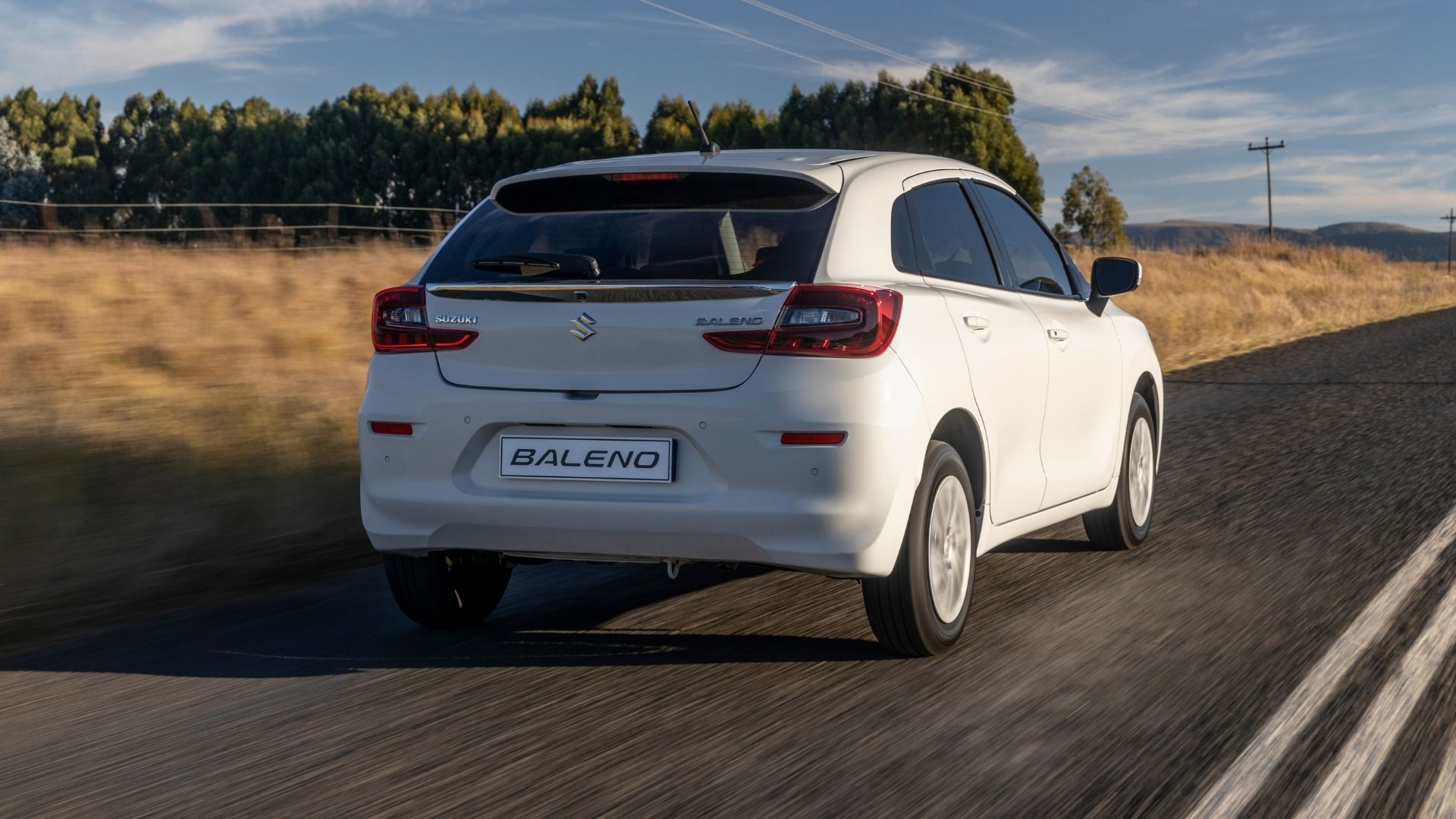 We break down some common myths around cars . . . and share some interesting facts, too.
We break down some common myths around cars . . . and share some interesting facts, too.
The automotive world is plagued with myths and misconceptions about how to properly take care of – and get the most from – your car. Everyone has a theory, and many of these myths have been passed on for generations. In some cases, these myths have some basis in reality but were only applicable 30 years ago as vehicles have since evolved.
So, we waded through a lot of the online noise and compiled a list of some of the most persistent car myths:
1. Air-conditioning uses more fuel
This is one of the most persistent car myths, probably because there is a tiny bit of reality to it. Switching your air-con on does place a bit more load on your engine, but it is minimal and is not going to make a noticeable difference in your car’s fuel consumption. So good news South Africans – it’s not costing you a fortune to stay cool in traffic.
There are, however, a number of fuel-saving tips that are true and really can help you save a fair amount of money.
2. Dishwashing liquid is fine to wash your car
This is another prevalent myth, and many vehicle owners have been using dishwashing liquid to clean their cars for years. The problem is that it doesn’t do immediate noticeable damage, but dishwashing liquid is harsh (it’s meant to dissolve oil and grease), and if used regularly it can cause your vehicle’s paint to fade and lose its luster. If you regularly wash your car at home, rather opt for a car-wash liquid as these are specifically designed to protect the paint on your vehicle.
Here’s another handy list of bad driving habits that could be damaging your car.
3. Tyre pressure is flexible
Tyres are a great example of ‘if you can’t see it, it’s not a problem’ – a trait most of us have with our busy lives. Many people simply don’t pay attention to their tyres. They’re easy to forget because we barely glance down at them when getting in and out of a car. Many vehicle owners will go for months without checking tyre pressure, which leads to the incorrect assumption that maintaining the precise specified pressure is not important.
In fact, the exact opposite is true: tyre pressure is one of the most important parts of properly maintaining your vehicle. They’re also expensive, and incorrect pressure will lead to tyres wearing out much quicker than necessary, which means you’ll be replacing them more often. Not maintaining the correct tyre pressure also eats into your fuel consumption, which can add up to a good chunk of money that’s lost simply because tyres aren’t checked regularly.
We know and understand cars so much that we’ve created a handy eBook of 101 car facts… It’s useful to first-time and longstanding drivers. You know what they say, learn something new every day and download our 101 Car Tips eBooK
4. Your car needs time to warm up
This is another myth that used to be true for some older vehicles but has not been relevant for many years. You might remember grandpa starting the car and leaving it to idle while he finished his coffee, but modern cars don’t need idling time to warm up. Today’s fuel injection systems don’t need time to warm up and you’re just wasting fuel if leave your car idling for no reason. The same applies to revving the engine a bit once you’ve started the car. This practice is just wasting fuel and by no means ‘wakes’ your car up to perform better for the day.
5. Your hazard lights are meant for any unexpected situation
The hazard light button has become the go-button for almost any driving situation in South Africa. Do any of these sound familiar:
- Waiting for your buddy to run into the shop: switch on hazards
- Driving slowly to look for a specific building/address: switch on hazards
- Weather’s a bit foggy: switch on hazards
- Can’t decide whether you’ll be turning left or right: keep both options open with hazards.
- Traffic at a standstill: switch on hazards
While we can all agree that hazards are handy in the above situations (and we’re not even bringing taxis into this conversation), they also happen to be illegal.
According to research published in this article, “The law says such lights can only be used when a vehicle is ‘stationary in a hazardous position’ or ‘in motion in an emergency situation’.” The point is that hazard lights are meant to alert other drivers of an actual hazardous situation, not minor indecision or because you’re not in the mood to look for parking.
Many modern vehicles are equipped with a feature that activates the hazard lights under severe braking, but they’re not meant to be activated every time traffic slows down. This is, however, a debatable topic: in many cases it’s prudent to alert drivers behind you that traffic is slowing down, especially if they are approaching at high speed, and in that case it can be deemed a hazardous situation and use of hazards can avoid severe accidents.
All other miscellaneous uses, however, are illegal. And in SA we have a very bad habit of hitting the hazard button like we’re changing channels on the radio. There is an entire world of car myths out there, and many of them are likely to persist as they just get passed along without anyone ever checking the facts.
If you loved this article and want to know more, we have compiled our top 101 car facts and tips. Download this guide now to get facts and tips on safety and driving from our team of Suzuki experts.
So next time you hear some questionable automotive statements around the braai, make a point of doing a little research – odds are it’s just another myth that refuses to go away. Our useful eBook on how to extend the lifespan of your car can clear up any other confusion.


%20(1).png)
-1.png)
